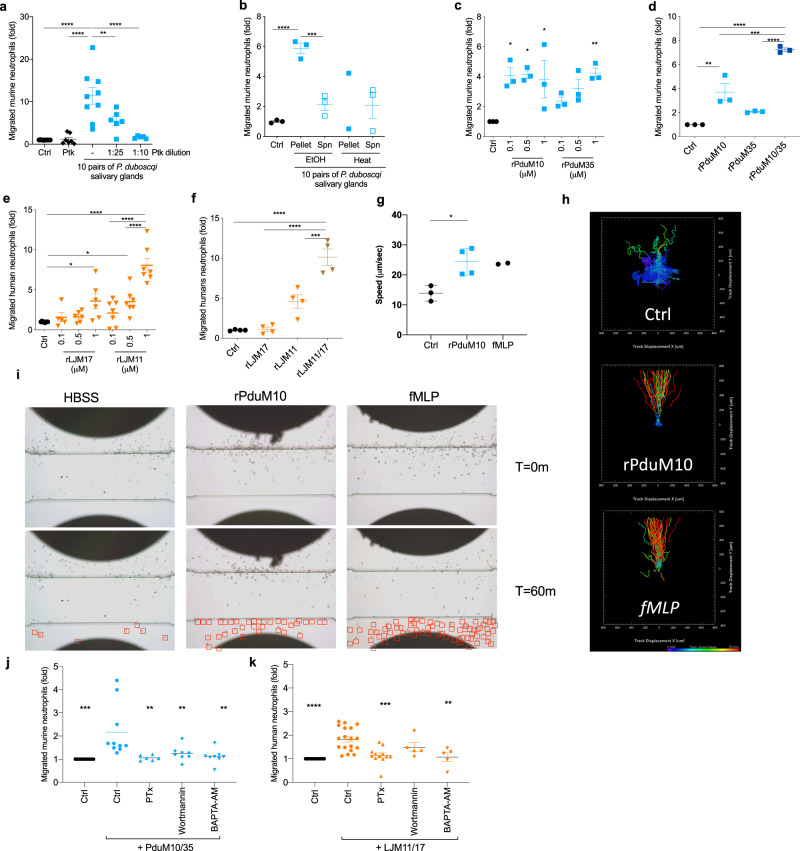Fig. 2. Sand fly salivary yellow proteins are the neutrophil chemoattractants in sand fly saliva.
Neutrophils from C57BL6 bone marrow (a–d, j) or from human periheral blood (e, f, k) were added to a transwell plate top chamber and P. duboscqi salivary gland homogenate (SGH) or recombinant proteins were added to the bottom chamber. After 3 h, cells in the bottom chamber were quantified. P. duboscqi SGH was treated with Proteinase K (Ptk) (a), heated for 30 min at 70 °C (b) or treated with 90% of ethanol (EtOH) (b). Increasing amounts of rPduM10 or rPduM35 (c); rPduM10 (0.5 μM), rPduM35 (0.5 μM) or rPduM10 + rPduM35 (0.25 μM of each protein) (d), increasing amounts of rLJM17 or rLJM11 (e), or rLJM17 (0.5 μM), rLJM11 (0.5 μM) or rLJM17 + rLJM11 (0.25 μM of each protein) (f). g–i Validation of yellow proteins as neutrophil chemoattractants by EZ-TAXIScan assay. N-Formylmethionyl-leucyl-phenylalanine (fMLP) was used as a positive control, and Hanks’ Balanced Salt Solution (HBSS) as baseline control. g, h Chemotaxis parameters were analyzed by Imaris. g Chemotaxis mean speed was computed as total path length divided by time. h Each track is plotted from the central point showing XY displacement. i Still images of neutrophils at two different time points. Red squares show migrated neutrophils. Neutrophils were pretreated with pertussis toxin (PTx; 2 μg/mL), wortmannin (1 μM) or BAPTA-AM (10 μM) and their migration towards a combination of rPduM10 + rPduM35 (j) or rLJM11 + rLJM17 (k) (0.25 μM each) was assayed. Cumulative results of at least three (a–f, j, k) or two (g–i) independent experiments are presented as means ± SEM; a n = 10, 7, 9, 6, 5; **P = 0.0043, ****P < 0.0001. b n = 3, 3, 3, 2, 3; ***P = 0.0003, ****P < 0.0001. c n = 3; *P = 0.0123, *P = 0.0104, *P = 0.0208, **P = 0.0081. d n = 3; **P = 0.0042, ***P = 0.0007, ****P < 0.0001. e n = 8, 5, 6, 5, 7, 7, 7; *P = 0.0446, **P = 0.0387, ****P < 0.0001. f n = 4; ***P = 0.0003, ****P < 0.0001. g n = 3, 4, 2; *P = 0.0162. j n = 10, 10, 6, 8, 8; **P = 0.0032, **P = 0.0093, **P = 0.0021 ***P = 0.0003. k n = 10, 18, 12, 5, 5; **P = 0.0018 ***P = 0.0001, ****P < 0.0001. P calculated by one-way ANOVA test, except (g) two-tailed unpaired t-test.

